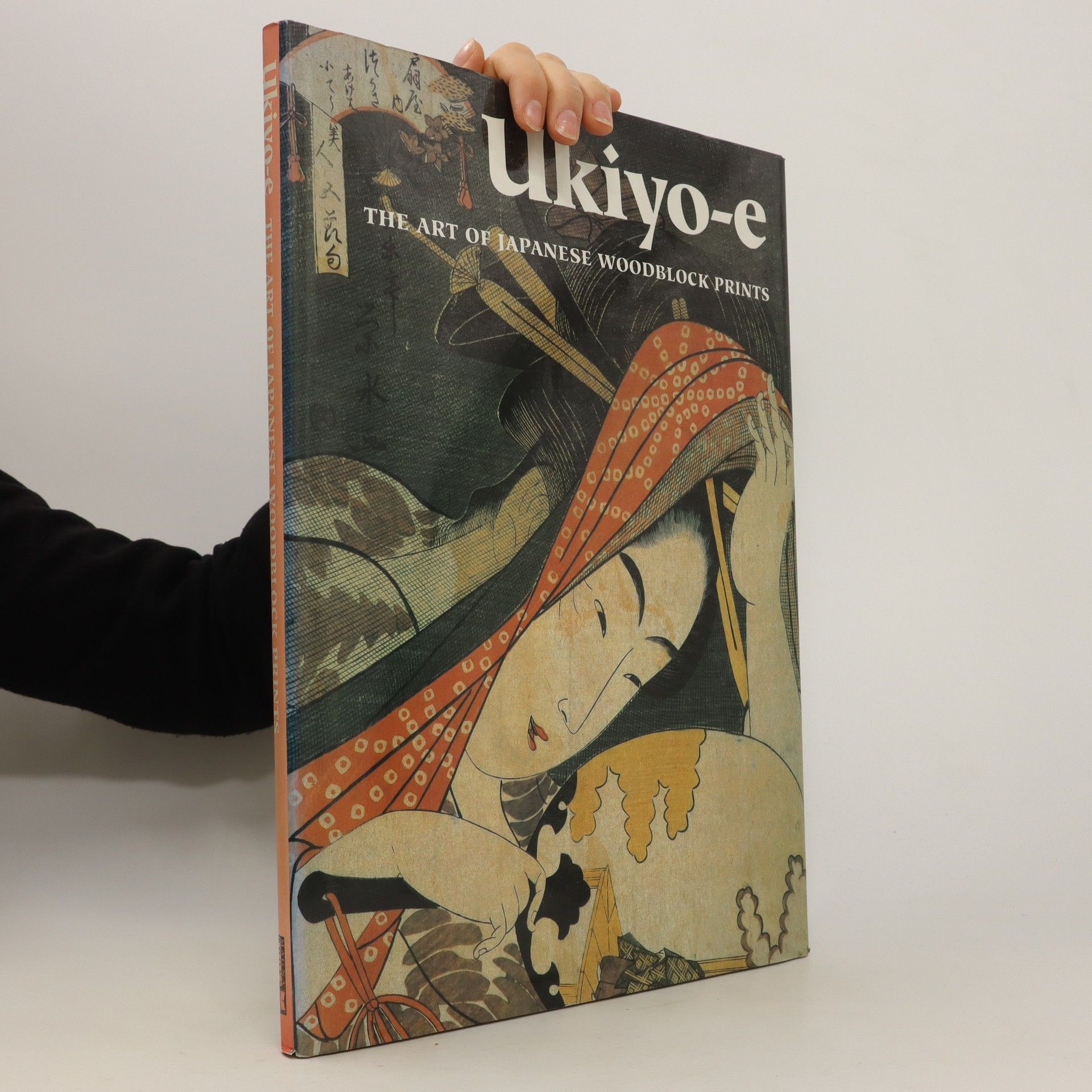Twentieth-century Japanese printmaking has come in for relatively little attention. Classic Hokusai and Hiroshige landscapes and Utamaro's beautiful images of women remain the dominant form. All the same, since the 1990s museums and private collectors have shown a growing interest in shin hanga (‘new prints'): balanced designs printed on luxurious paper, with the finest pigments and in smaller editions. They are the fruit of the traditional yet highly successful collaboration between artist, publisher, block-cutter and printer. It is not so much in their subject matter as their visual language that shin hanga prints set themselves apart from their traditional precursors. Where the classically depicted women were stylized and idealized, their more recent counterparts are based on real models, individually recognizable and full of emotion. The modern landscapes, meanwhile, are impressionistic rather than figurative, using a range of color nuances to achieve highly atmospheric results. This book offers a unique selection with which to explore 20th-century Japanese printmaking. The prints it reproduces are mostly drawn from two large private collections, and, by way of great exception, items from the family collection of the publisher Watanabe, the man who started it all.
Chris Uhlenbeck Knihy




Women and men – strong, proud, tragic or beautiful – from the heyday (1765–1865) of Japanese printmaking are this book's subject. It seeks to dig below the surface of the prints to describe the often subtle iconography employed in these masterful creations by the most famous artists of their time. It begins with Suzuki Harunobu's subdued and introverted scenes of women seated on verandas. The book then moves on to the spectacular ‘big face' (okubi-e) portraits of prostitutes and Kabuki actors by artists like Kitagawa Utamaro, Toshusai Sharaku and Utagawa Kunimasa. Frail ‘streetwalkers', forced by circumstance into the lowest ranks of prostitution, are transformed into elegant beauties, obscuring their tragic existence. The spectacle of heroes from Japan's rich mythological and pseudo-historical past crowd the printed sheet. Stern-faced actors drawn by the confident hands of Utagawa Toyokuni and his pupil Kunisada demonstrate the economy of line and powerful expression of the woodblock medium. Each print is explored in the finest detail in order to explain the riddles of the intriguing and captivating mode of visual expression that would have such a profound influence on Western art.
"Waves of Renewal" explores the evolution of Japanese printmaking from the late nineteenth century, highlighting two key movements: shin hanga, which revitalized traditional genres, and s saku hanga, merging Western and Japanese aesthetics. This comprehensive work features 277 prints from the Nihon no hanga collection, accompanied by scholarly essays.